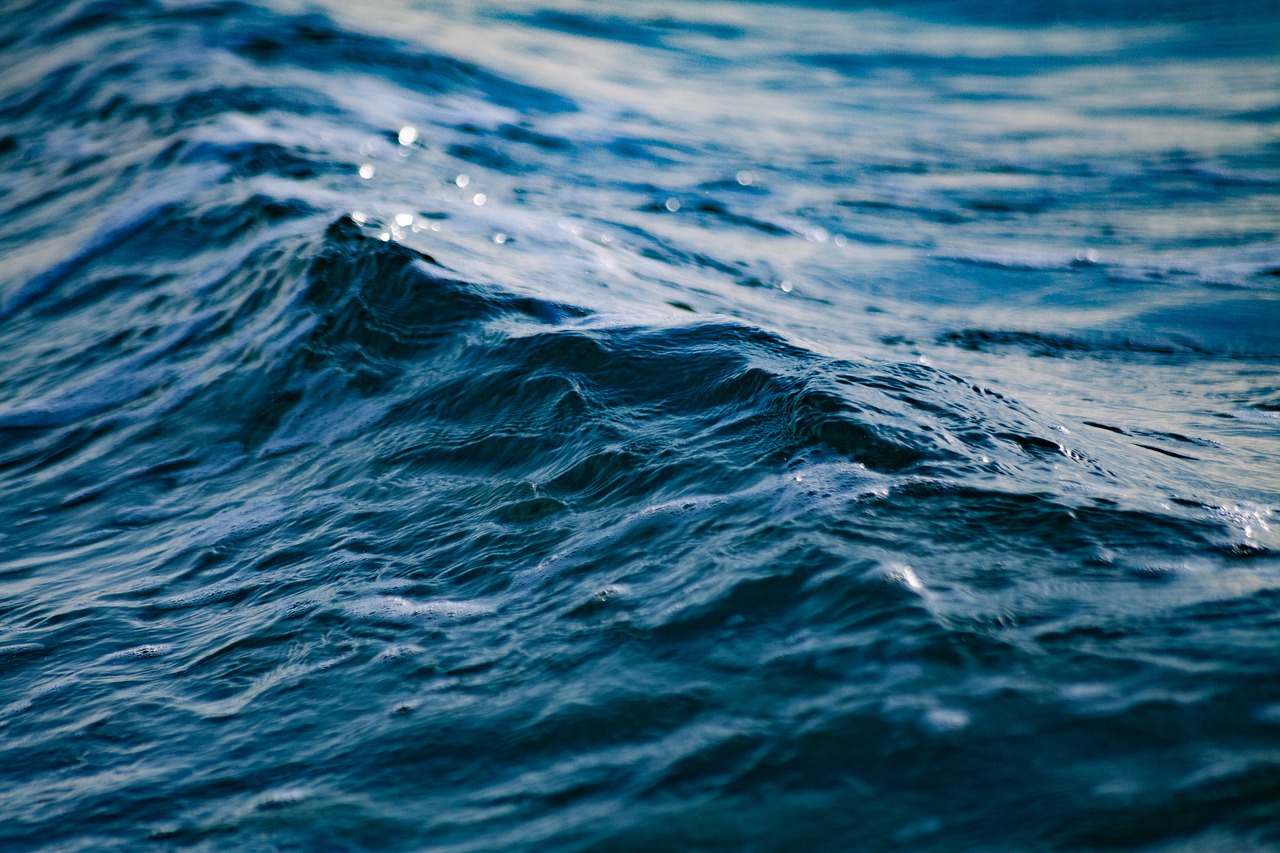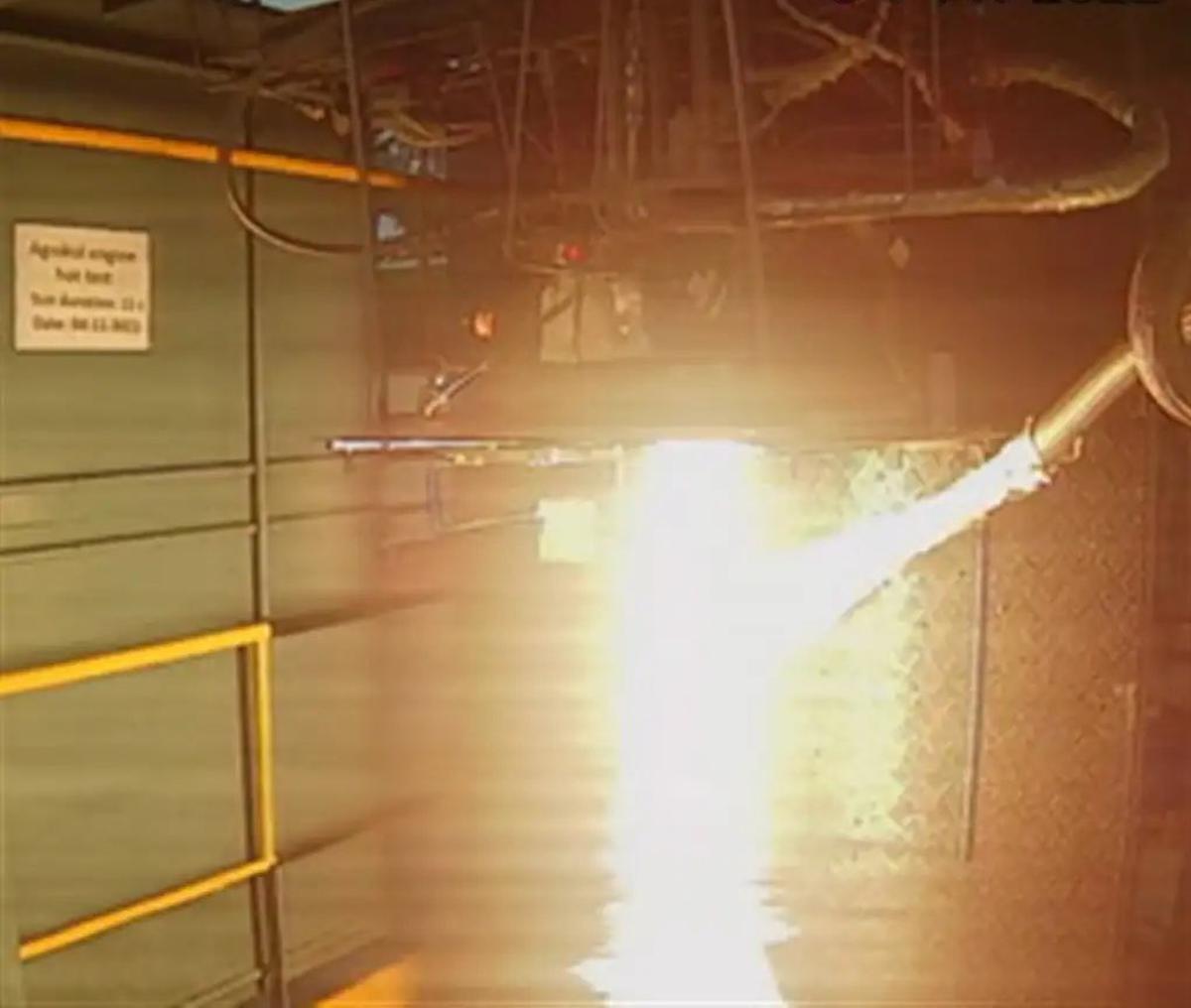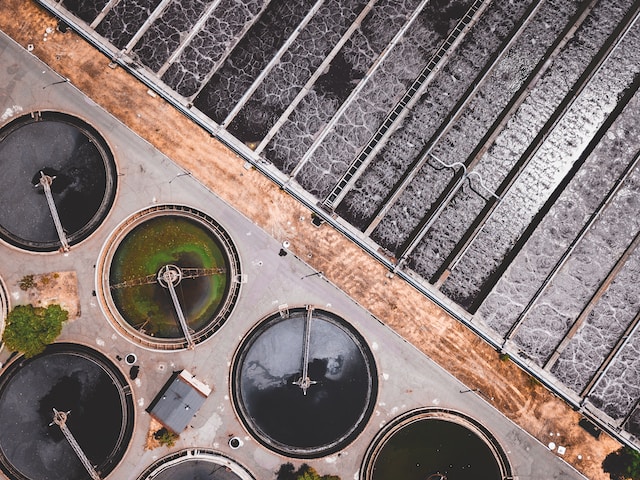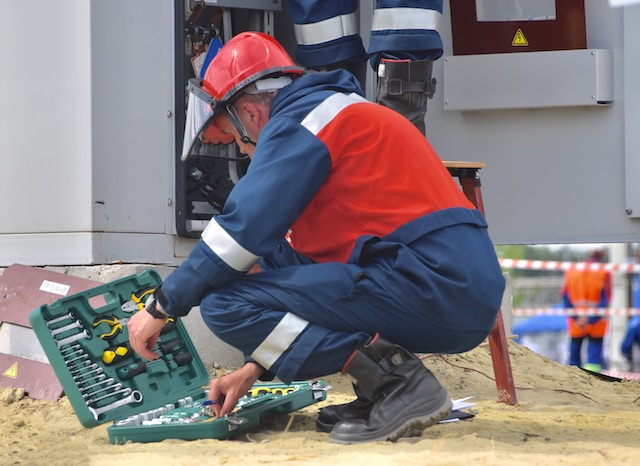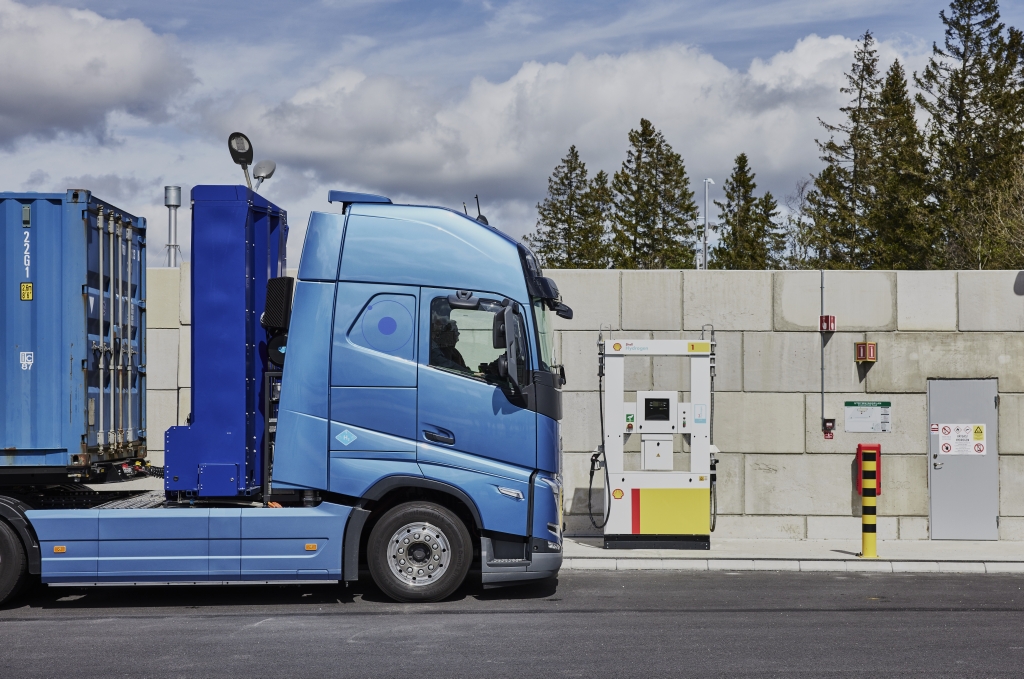The problem of accessing clean water that is suitable for consumption is constantly growing, and the practical and technical obstacles that prevent us from converting seawater into something drinkable through desalination are still unmoved. But with all the technological developments across such a wide spectrum of fields, has anything changed for the better?
The two most deployed methods used right now with their latest advancements are:
- Thermal desalination (distillation). Seawater is boiled so that its salt separates from the steam, and then cooled, and condensed into drinkable water. The method gives a clean result but costs a lot in energy expenditure. The new method deployed here is to use low-pressure vessels to reduce the boiling point. Another “green” method is to use solar panels for heating energy, which is getting popular in areas with a lot of sunshine.
- Electrical desalination. Here, electric current separates the molecules of salt and water, driving ions across a semi-permeable membrane. Today, new types of synthetic or polymeric membranes are being developed, allowing suitability for higher salt concentrations and achieving lower energy consumption. Reverse osmosis, which is the most widely followed desalination method belongs in this category.
For now, desalination only makes economical sense for small-scale projects and specifically developed units that were tailored to convert relatively low-salt-concentration seawater. Some innovative solutions like the capacitive deionization and battery electrode deionization are still quite far from being commercially viable, and we have seen no large-scale proof of concept yet.
In summary, some solid steps forward have been made, but we’re not there yet. Only in sunny places like California and Israel where solar power is combined with desalination units, we see feasible solutions that can produce noteworthy amounts of freshwater. As such, most places in the world will continue to face the same scarcity problems with water, and existing technology cannot help us address these troubles.

